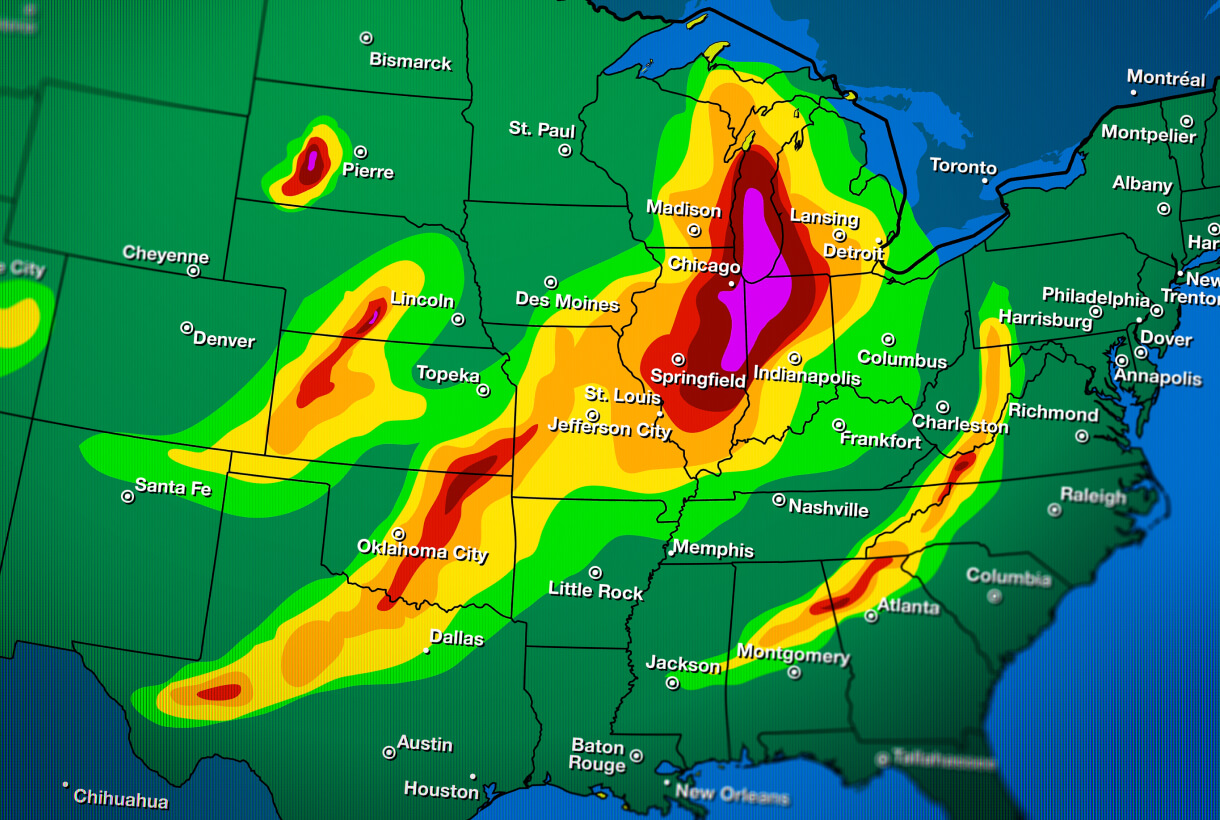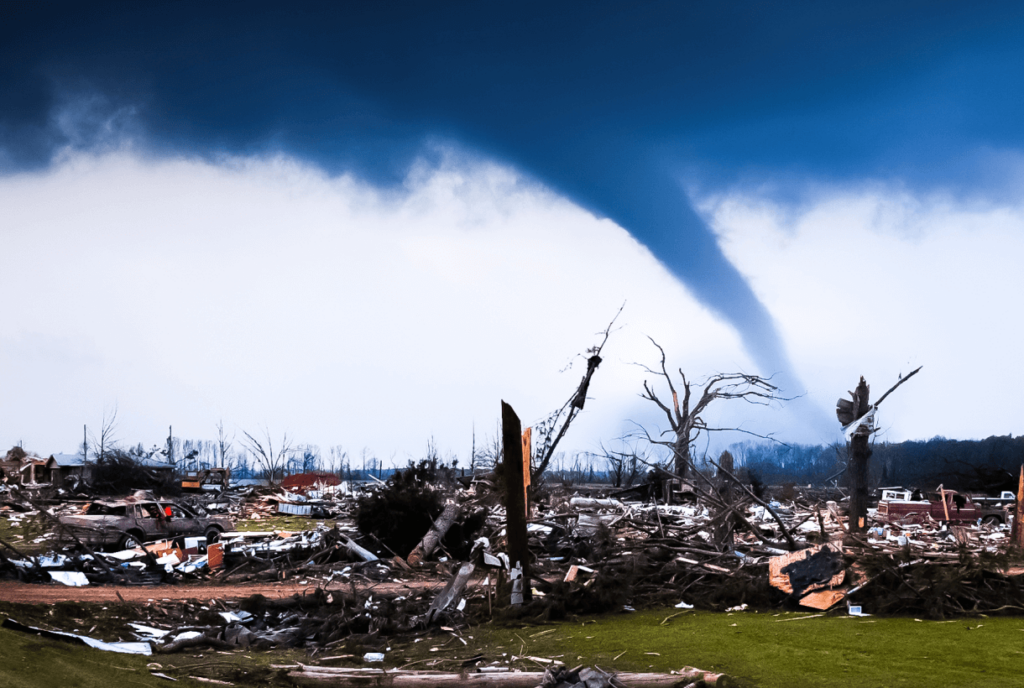From coast to coast, severe weather is a problem for every community. To better protect your communities during storms and other forms of severe weather, consider ways you can get better prepared, including evaluating your communication methods for emergency alerts.
Inclement Weather Notice to Residents
Throughout the U.S., predominant weather patterns vary from region to region. From mudslides, earthquakes and droughts to hurricanes, tornadoes and floods, no region is untouched by severe weather. To protect your community, focus on how to provide emergency alerting before, during and after such natural disasters. Long before severe weather becomes a real threat, your organization must already have plans in place and ready to be activated – especially when it comes to sending mass notifications. At the first indicator of severe weather, you need to put your organization’s communication and response strategies into action. Be sure a reliable method for communication is set up, tested and fully prepared for such emergencies.
Emergency Alert Templates – Before the Storm
To help you get a better idea of what a message template for a severe or inclement weather notice to residents should look like, here are a few examples that can be used before a storm strikes:
- [AGENCY NAME] ALERT: Severe weather alert for [LOCATION DETAILS] until [TIME]. We will send updates as conditions develop. Please call this number [EMERGENCY ALERT LINE] for assistance or check local media.
- [AGENCY NAME] ALERT: TORNADO WATCH for [LOCATION DETAILS] until [TIME]. Storm conditions have worsened, be prepared to move to a safe place. If you are outdoors, in a mobile home or in a vehicle, have a plan to seek shelter and protect yourself. Check local media for more information.
The goal at this point is not to incite panic, but to provide outreach for residents in affected areas. They need to know resources that are available, if an evacuation order is in effect and who they can turn to when they need instructions or assistance. All of this information becomes lifesaving when severe weather sets its sights on your community.
Facing the Storms Head On
Multiple times a year, agencies need to evaluate their response strategies or conduct after-action reports when a crisis occurs. Take a look at the copy of your alert sends and review their effectiveness. Ask the following:
- Did residents understand my message?
- Were instructions clear and easy to follow?
- Were recorded messages too long?
- What questions or feedback did my residents have in response to my message?
Asking these questions and making changes to your message templates based on feedback from your stakeholders will provide new ideas and adjustments that can improve future responses. Your emergency notification plan is an ever-evolving strategy; make sure it is flexible and that you evaluate it often.
The following are severe or inclement weather message sample templates that can be used to communicate with residents during the storm:
- [AGENCY NAME] ALERT: [NAME OF RESCUE GROUP] is providing shelter and food to anyone who comes to [LOCATION DETAILS] until [TIME] [DATE].
- [AGENCY NAME] ALERT: Contact our office at [NUMBER] to schedule a rescue boat to your address.
- [AGENCY NAME] ALERT: If you are currently unable to find shelter, call [NUMBER] or 911 immediately.
- [AGENCY NAME] ALERT: TORNADO WARNING in [LOCATION DETAILS] until [TIME]. Take shelter now in a basement or interior room on the lowest floor. Check local media.
Be Proactive to Improve Mass Notification and Resident Alerting
Strengthening your severe or inclement weather message templates is an effective and important way to proactively improve your emergency mass notification strategy and reach residents during weather emergencies.
Read how one county in Mississippi kept residents informed of severe weather threats using an emergency alerting system.


